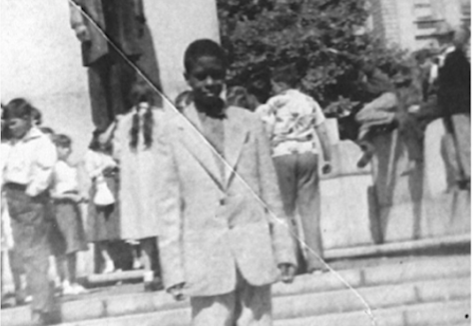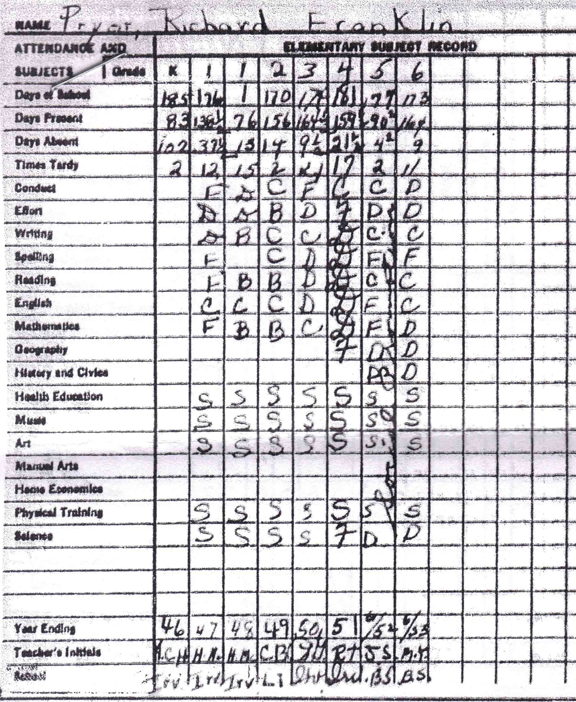By Scott Saul:
Richard Pryor is a legendary comic, and for good reason. He had extraordinary gifts as a mimic, storyteller, physical comedian, satirist, and improvising actor — gifts he brought together in an act that had the dangerous electricity of an uninsulated wire. Meanwhile he established a feedback loop between his act and his personal life, making use of all those stage chops to draw comedy out of a life that was painfully full of self-sabotage, mayhem, and various forms of abuse.
It was my task, as Pryor’s biographer, to probe the legends of his life, starting with the vivid stories he told of his formative years in the red-light district of Peoria, Illinois. In his stage act and reminiscences, Pryor related how he’d been raised in a brothel by a grandmother and father who worked, respectively, as madam and pimp, and how he had both suffered at their hands and learned from them. He told, too, how he’d made his way in a larger world that, while brutal, was also touched with grace — that grace he felt when he ventured onstage, at school or in a club, and started to find himself as a performer.

Earlier biographers had wondered how much Pryor had embellished his past in building his act around his life story. In my research I discovered a motherlode of material — family photos, court records, newspaper articles, and more — that not only corroborated the outlines of Pryor’s story but also filled in the picture and gave it a historical depth. I could see, for instance, how Pryor’s taboo-busting comedy was rooted in his childhood environment, a black working-class underground where taboos were busted on a regular basis, and hypocrisies called to account. You can watch a short, four-minute film above that sets the story of the young Richard and his family against the backdrop of “Roarin’ Peoria.”

Ultimately, I discovered so much in my research into Pryor’s formative years that I felt it couldn’t be contained in the book I was writing (in which Pryor’s first two decades in Peoria make up only one of five sections). So I built a digital companion where you can explore over 200 documents from “Richard Pryor’s Peoria”. Here you can see, through the young Richard’s report card, how he struggled in the confines of Peoria schools. You can see, through the divorce case of his parents, how his mother (contrary to reports that she abandoned him) tried, unsuccessfully, to steal Richard away from his grandmother and father, and from the red-light district itself. You can see, through the paper trail of Richard’s formidable grandmother Marie, how she fought — with wiliness and blunt force — against her abusive husband and against the system of Jim Crow. And you can visit the various scenes of Richard’s youth, from his family’s tavern and the community center where he first took the stage to the sometimes raucous, sometimes stylish clubs where he got his start as an entertainer.
Richard Pryor was an exceptional human being — a genius who changed the rules of comedy in America — and the website aims to show how the seeds of that genius were planted. At the same time, it suggests how Pryor’s life story makes richer sense when set against larger historical backdrops: the story of how the Midwest’s premier “Sin City” became, during the Cold War, a leading “All-American City”; the story of how black neighborhoods were demolished in “urban renewal” efforts (Pryor’s childhood home was itself targeted by a wrecking ball so that Peoria might be linked to an interstate highway); and, most of all, the story of how black Americans, while locked into segregation in the Midwest, defied that system in inventive and forceful ways.
This post is by Scott Saul, the author of Becoming Richard Pryor (HarperCollins), now out in paperback. He teaches American history and literature at UC-Berkeley, and also is the host of the Chapter & Verse podcast. Follow him on Twitter @scottsaul4.


Leave a Reply